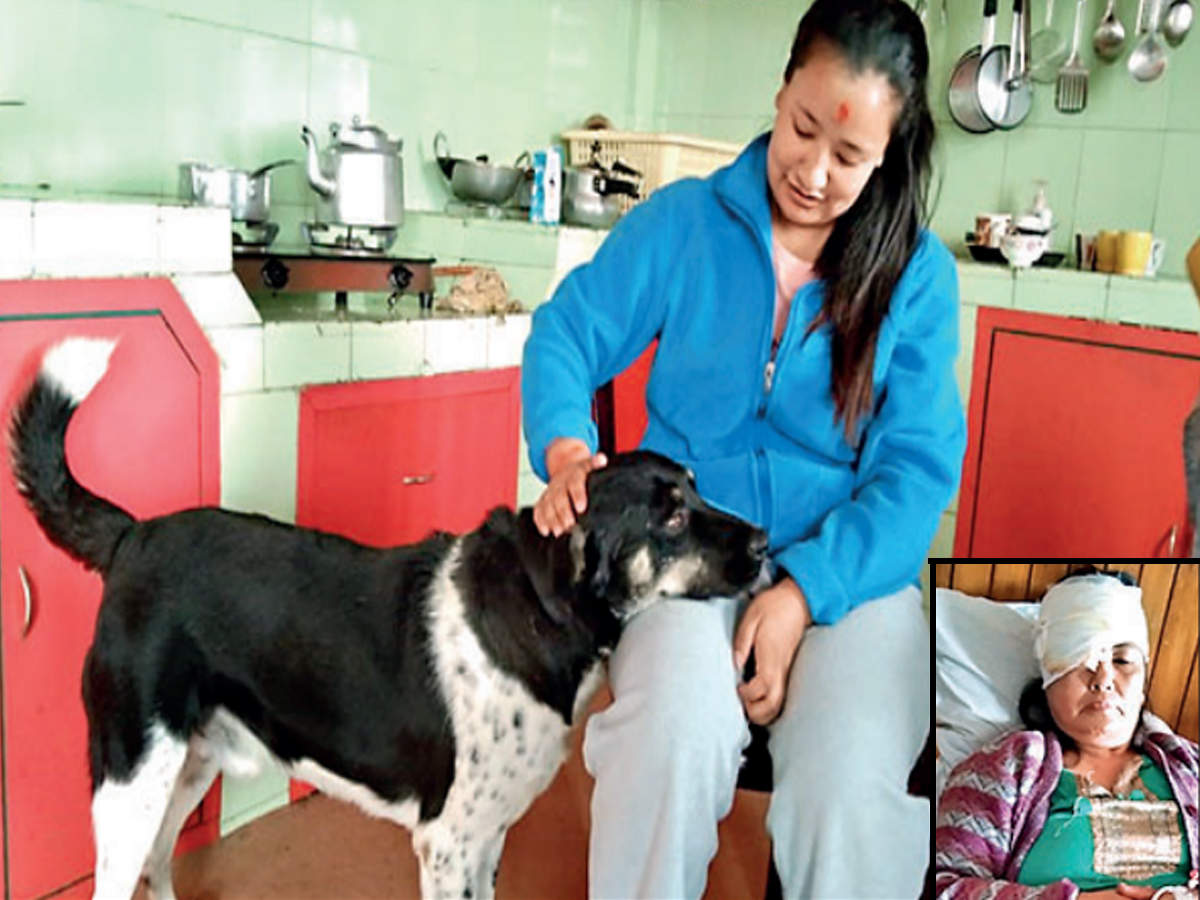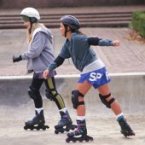'Tiger' saves owner from leopard in Darjeeling
Deep Gazmer | TNN | Updated: Aug 17, 2019, 09:14 IST
DARJEELING: A 4-year-old
dog
lived up to his name - Tiger - and the epithet 'man's best friend' by putting up a valiant fight to save his owner, a 58-year-old
Darjeeling
resident, from a leopard on Wednesday.
It all happened in a whirl, but
Aruna Lama
of Sonada will never forget what she saw when she opened the door of her storeroom after hearing a noise: in the darkness, a pair of glowing red eyes. Even as she tried shutting the door in a moment of blinding panic, the eyes had leapt at her - it was a leopard, and she could feel its sharp claws sinking into her.
"My mother and I were sipping tea at our home in Naya Gaon, when we heard some noise from the storeroom under the kitchen," recounted Smriti Lama, Aruna's daughter. "Since we keep live chicken there, she decided to check it out. When she opened the door, she stood transfixed for a few seconds before screaming out. At the same time, a dark figure pounced on her."
Aruna struggled to set herself free, but it was a losing fight. But Tiger - a cross between a Tibetan mastiff and a mongrel, who was lazing in the room - sensed the danger and scampered to her assistance. Barking ferociously, it dived headlong at the much bigger adversary. Taken completely aback at the sheer spunk of the dog, the animal fled into the darkness, with Tiger giving chase.
The only casualty in the conflict was a chicken. "Tiger put himself between the leopard and my mother," said Smriti. "He attacked the leopard without flinching. What a shock it must have dealt to the leopard!"
‘Had we not met, I wouldn’t have lived to tell this tale’
The leopard left Aruna injured in the head and ears. She received 20 stitches and is now undergoing treatment at a hospital in Siliguri.
From the hospital bed, Aruna recalled how Tiger “repaid a debt” and more through the singular act of bravery. “We had found him, skinny with hunger, during the 2017 statehood agitation, when there was a dearth of food in the Hills due to the 104-day shutdown. We took a liking to each other and the bond grew over the past two years. Had we not met, I would not have lived to tell this tale,” she said.
Smriti, who works in the police department, recalled how Tiger made their home his home. “We used to feed him daily but also tried to send him away back to his original owners. But he always came back after a while. We then took him in and Tiger became a family member,” she said.
Forest department officials went to the Lamas’ home on Thursday and checked the area for the leopard, which is still roaming free. On Friday, a cage with a bait was set up at Naya Gaon, around a kilometre from Sonada town, to trap the cat. Two camera traps have also been installed to monitor the leopard’s movement, said Uttam Chandra Pradhan, range officer, Sinchel East Range, Darjeeling Wildlife Division. Forest officials have also assured compensation and medical treatment to the family.




